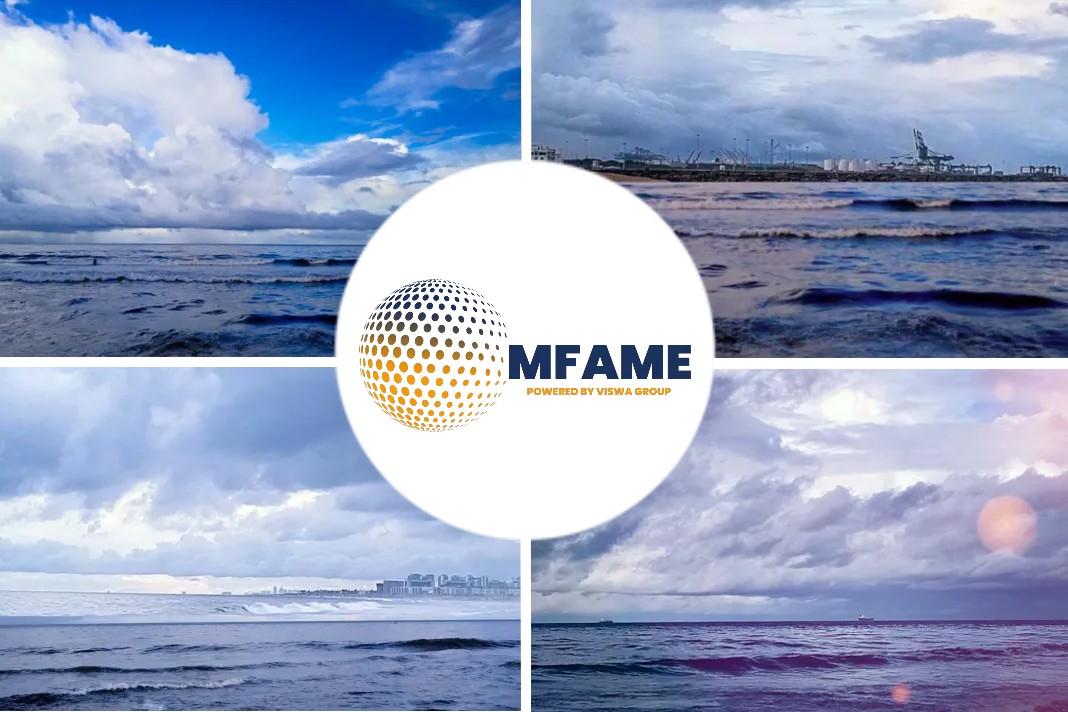
- Ordering spree for methanol-capable ships in recent months
- Green methanol production could be insufficient if trend continues
- LR, ABS foresee potential shortage for carbon-neutral fuel
Methanol might not become the most prevalent type of marine fuel despite its recent popularity, with limited availability and high costs, reports Platts.
Methanol ships for deep decarbonization
A growing number of shipowners have opted to order ships capable of running on methanol in recent months, as the fuel has well-established supply infrastructure and can achieve deep decarbonization when generated from biomass and renewable hydrogen.
The number of methanol-capable vessels on order reached 185 as of Sept. 6, up from 135 as of the end of May, according to shipbroker Braemar’s estimates. Those ships generally have a dual-fuel design and can also burn conventional oil-based fuels.
In an analysis of multiple scenarios of future bunker fuel mix, Lloyd’s Register forecast average “green methanol” demand from the shipping sector to reach 0.15 exajoule in 2030 before jumping to 1.8 Ej by 2050, or 13.4% of total bunker consumption.
Biomethanol is expected for account for 8.6% and e-methanol 4.8%, according to LR.
In comparison, the classification society predicted low-carbon ammonia demand to amount to 6.06 Ej and liquefied biomethane 4.58 Ej.
“Long-term projections for methanol are on average lower compared to ammonia and biomethane due to concerns about the cost of sustainably sourced carbon,” which would curb future ordering of methanol-fueled ships, LR said.
E-methanol and e-ammonia production requires renewable hydrogen, but the former also needs captured biogenic carbon and while the latter does not.
Platts, part of S&P Global Commodity Insights, assessed the cost of green ammonia produced via renewable energy on the US Gulf Coast at $791.58/mt for delivery into Northwest Europe on Sept. 11. FOB Rotterdam e-methanol was assessed at $2,429.779/mt on an FOB Rotterdam basis.
Potential shortage
On the other hand, methanol bunker demand could exceed 6 Ej by 2050, accounting for 43% of the total, if the current pace of ordering continues, according to LR. This compares with its forecast methanol production of 7.7 Ej globally for all sectors.
“If the shipping industry becomes a major user of methanol, the industry will need to drive and show leadership in the development of economically viable biomethanol and e-methanol options,” LR said.
In a bunker fuel outlook report, American Bureau of Shipping said methanol emerges as a favorite alternative fuel for many shipowners largely because its propulsion is “here-now” compared to ammonia which is a “hoped-for” technology.
Clean ammonia
Ammonia is highly toxic and corrosive, and marine engines for deepsea trades powered by the fuel are expected to be technically ready only in 2024-2025.
But clean ammonia production is expected to reach 87.5 million mt in 2030, compared with 14.3 million mt for clean methanol, according to ABS’ forecast.
Gray methanol
While shipowners can use gray methanol to achieve an up to 10% reduction in tank-to-wake emissions in the short run, sufficient volumes of green methanol must be available to meet future demand as regulators are shifting to a well-to-wake accounting, ABS said.
“If adoption of methanol as a fuel continues at the pace it is today, then even the use of gray methanol may be constrained by demand from elsewhere in the chemical industry,” said the classification society, adding that many methanol-capable ships would have to burn conventional fuels for some time as a result.
In an event presenting the outlook, ABS Chairman and CEO Christopher Wiernicki said major liner operators have started to seek long-term supplies from producers.
“Small players may struggle to bunker green methanol if they don’t have such arrangements,” Wiernicki added.
Did you subscribe to our daily newsletter?
It’s Free! Click here to Subscribe!
Source: Platts





















